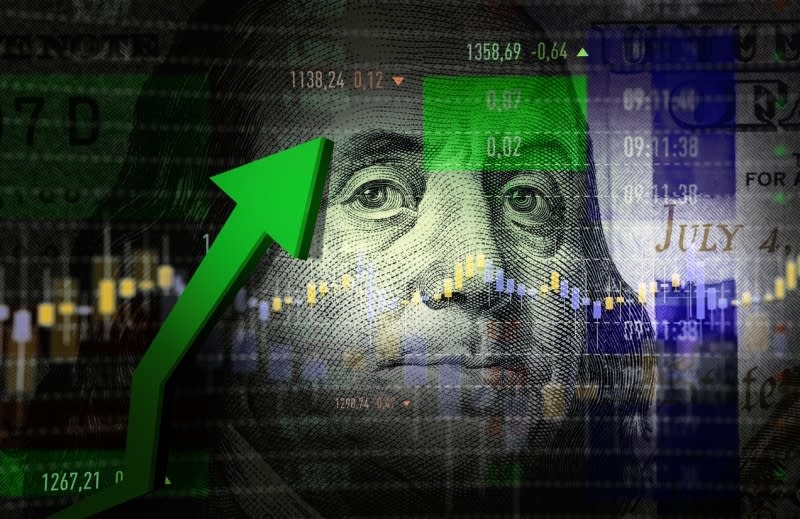PPI Hotter Than Expected: What’s Next for Bond ETFs?

The Producer Price Index (PPI) rose 0.6% in February, which was hotter than the 0.3% expected and significantly higher than January's 0.3% increase and December's 0.1% rise, the U.S. Bureau of Labor Statistics reported on Thursday.
Final demand goods prices made the largest leap, advancing 1.2%, with most of the increase coming from final demand energy, which jumped 4.4%.
Prices for bond ETFs fell sharply on the news as the bond market proxy iShares 20+ Year Treasury Bond ETF (TLT) dropped 1.3% in morning trading. Major equity indexes were down slightly with the Nasdaq and S&P 500 both recently off about 0.3%.
Breaking Down PPI: ‘Good News’ Beneath the Surface
The report contained a couple of slivers of somewhat encouraging news. Although the 1.6% increase in the year-over-year inflation gauge was the largest since September 2023, and was higher than the 1.2% consensus and the January 1% reading, it was still below the Fed’s preferred level of 2%.
Core PPI, which excludes food and energy, increased by 0.3%, compared to 0.2% expected and 0.5% in January. One-third of the February advance in the index for final demand goods can be traced to a 6.8-percent increase in prices for gasoline.
While the February PPI came in hotter than expected, "the good news is much of the producer inflation was outside of core inflation in food and energy, up 1% and 4.4%, respectively," noted KPMG macroeconomist Megan Martin-Schoenberger in a post on X/Twitter.
What’s Next for Inflation, Rates and Bond ETFs?
Many market observers have been concerned about recent gains in widely watched inflation measures that could delay U.S. central bank interest rate cuts. On Tuesday, the Labor Department reported that the Consumer Price Index (CPI) rose 3.2% year-over-year, a slightly elevated level for the second consecutive month.
With inflation dipping throughout 2023, investors had been hoping for rate cuts early this year, but the Federal Reserve has been measured in its response to the latest data. Markets, including bond ETFs, were pricing in little chance of rate cuts at the March and May Federal Open Market Committee meetings, while they suggested a 57% chance of a rate cut in June—a slightly lower probability than before the latest CPI report.
The bond market is currently signaling expectations for gradually decreasing inflation in the latter half of 2024. This translates to a belief that the Fed will likely slow its pace of interest rate hikes, potentially even initiate cuts, as inflation approaches the central bank's target, albeit in an indirect fashion.
In a post on X, RSM U.S. Chief Economist Joseph Brusuelas urged investors to treat the latest price data with caution, noting that inflation does not necessarily move linearly. "If you're managing a firm or portfolio, this is likely not to be repeated next month, so one should ignore the breathless declarations on financial television of a reacceleration of inflation,” he wrote.
